The European Insurance and Occupational Pensions Authority (EIOPA) has launched its fifth stress test of European occupational pension funds, assessing the impact of two adverse economic scenarios on the liquidity position of IORPs and the overall sector.
The two scenarios simulate sharp increases and declines in interest rates, respectively.
“In the ‘yield curve up’ scenario, EU interest rates increase sharply as market participants anticipate economic developments related to the abrupt escalation of geopolitical tensions,” said EIOPA.
“These geopolitical tensions cause disruptions in trade and a sharp rise in commodity prices, leading to a large upward revision in inflation expectations. In this context, the scenario assumes EU’s vulnerability to trade restrictions that cause the euro to depreciate.”
In the second, “yield curve down” scenario, EU interest rates plummet “as market participants internalise an unexpected prolongation of geopolitical tensions, triggering a loss of confidence in financial markets”.
Developed with the European Systemic Risk Board and the European Central Bank, the scenarios will be applied to IORPs’ financial positions at a time when the uncertainty surrounding president Donald Trump’s tariff announcements has led to significant market volatility.
The results of the EIOPA stress test are currently envisaged to be published mid-December 2025. Participating pension funds are expected to complete the exercise and submit the results to their national supervisors by 11 July.
The stress test’s sample includes all countries within the European Economic Area where the total assets of registered IORPs exceed €600m.
Participants have been selected to cover at least 60% of each national market, while giving priority to IORPs that use derivatives. As a consequence of these and other criteria, the 2025 stress test exercise will be carried out in 18 countries.
It focuses on liquidity risks “in light of recent years’ market episodes underlining their relevance for long-term institutional investors, especially those exposed to synthetic leverage through derivatives or liability-driven funds”, said EIOPA.
Liquidity risk has moved higher up the supervisory agenda following the LDI crisis in the UK in 2022.
In addition to assessing pension funds’ ability to manage liquidity risks under various economic conditions, the stress-test exercise will analyse aggregate responses to these shocks to evaluate potential spillover effects that may arise from IORPs’ management actions.
The latest digital edition of IPE’s magazine is now available

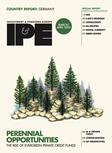


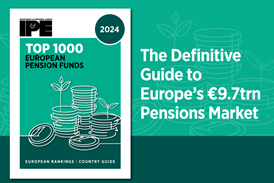
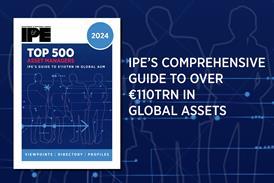


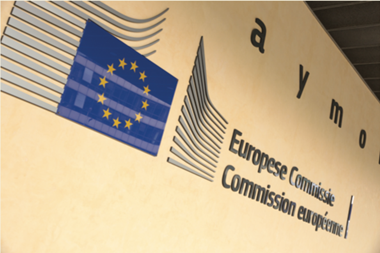




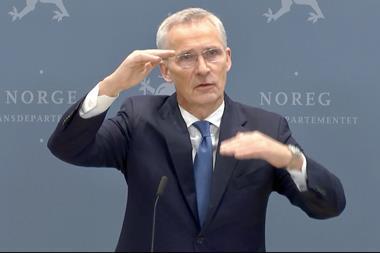




No comments yet